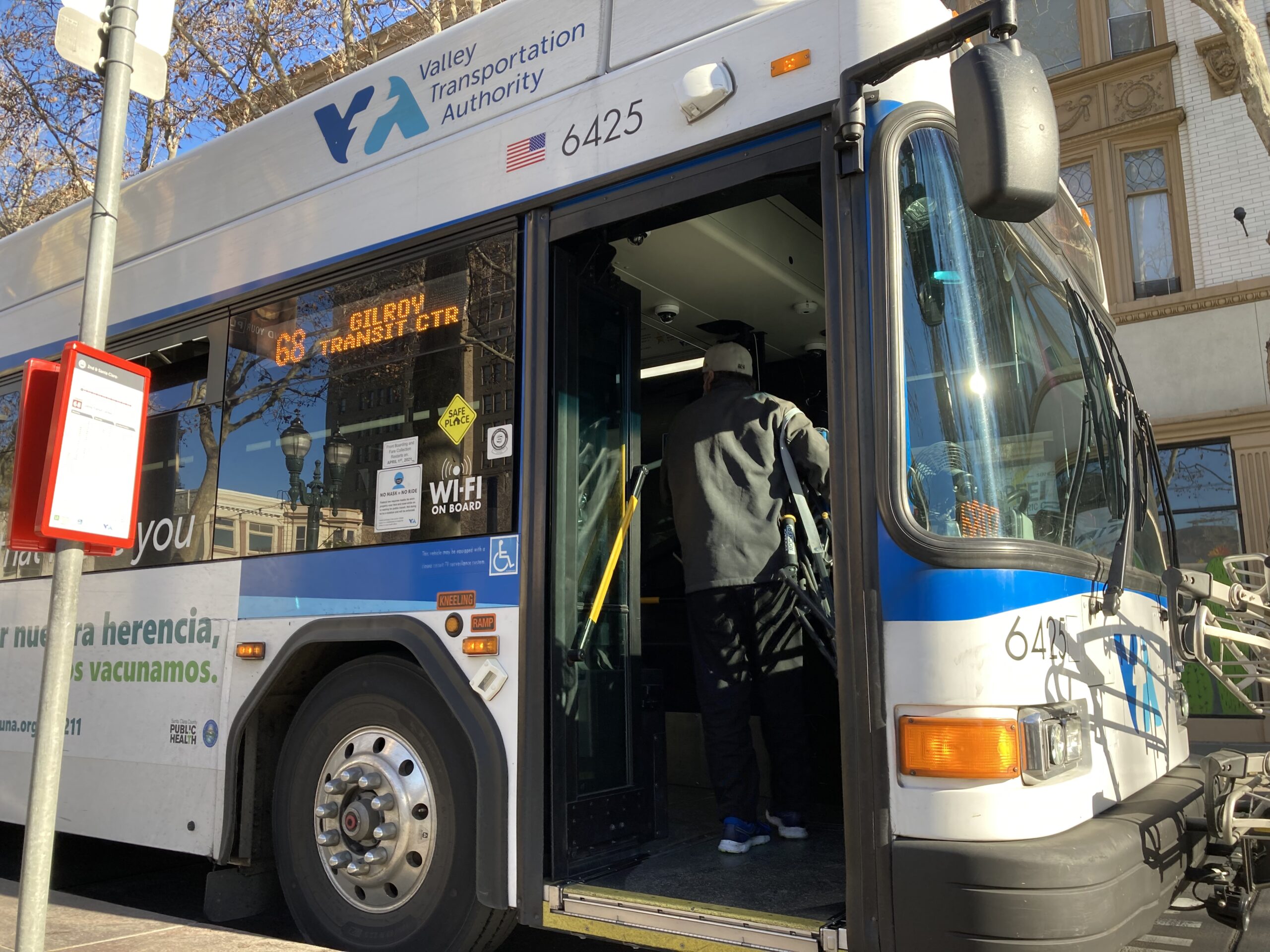San José, Calif., the Capital of Silicon Valley, has long been home to technology innovators, such as Intel, Adobe, and Western Digital. But the city’s transit infrastructure has often taken a back seat to the its car-centric design, leading to a frustrating experience for transit riders on their bus and light rail systems.
The Valley Transportation Authority (VTA), the city’s transit operator, and the City of San José have embarked on a new plan to put transit first. Part of the new effort involves implementing new operational efficiency measures, such as the AI-powered, next-generation LYT.transit Transit Signal Priority solution.
Bus riders on Routes 66 and 68 now enjoy a faster, more consistent ride through the city’s downtown core, from points north and south.
Officials from the City of San José and VTA also utilize our Travel Analytics Portal, providing key transit performance metrics used to help monitor and improve the flow of transit vehicles in heavily trafficked corridors. They’re now enjoying an innovative fusion of data from transit vehicles and traffic lights to showcase how LYT.transit is improving transit vehicle performance throughout San José.
Speeding Up North-South Travel via Downtown
Covering over 20 miles of roadway, VTA Routes 66 and 68 traverse North to South San José via Downtown. Along this extended corridor, LYT.transit was able to reduce red light delays by 50%, helping to speed up the ride for all riders.
These routes are heavily ridden by commuters, shoppers, and patients at major medical facilities along the routes. They also stop along multiple light rail stations, one major inter-modal station that connects with other regional rail operators.
Easily Handling Challenging Infrastructure
Among the dozens of intersections that buses on VTA Route 66 and 68 travel through, many of them bisect corridors that have different signal treatments. From coordinated to adaptive corridors and some with light rail, LYT.transit’s ETA-based signal priority works in concert with those technologies, without a hitch.
In addition, both routes run along existing light rail routes, particularly in the downtown core. LYT.transit works well across multi-modal intersections and can also provide signal priority to light rail trains as well.


Downtown or Suburbs, LYT.transit Works Equally Well
Providing transit signal priority in a high-density downtown area can be challenging for many priority solutions on the market. Bus congestion, general traffic congestion, and short spacing between stops means many in-service downtown buses can grind to a halt.
LYT’s AI-powered, transit signal optimization algorithm easily handles high congestion intersections, near-sided bus stops, and changing traffic patterns. Our redundant connectivity and resilient system architecture means priority requests work every time.
Learn more about LYT.transit’s deployment in San Jose, Calif.




2 Comments